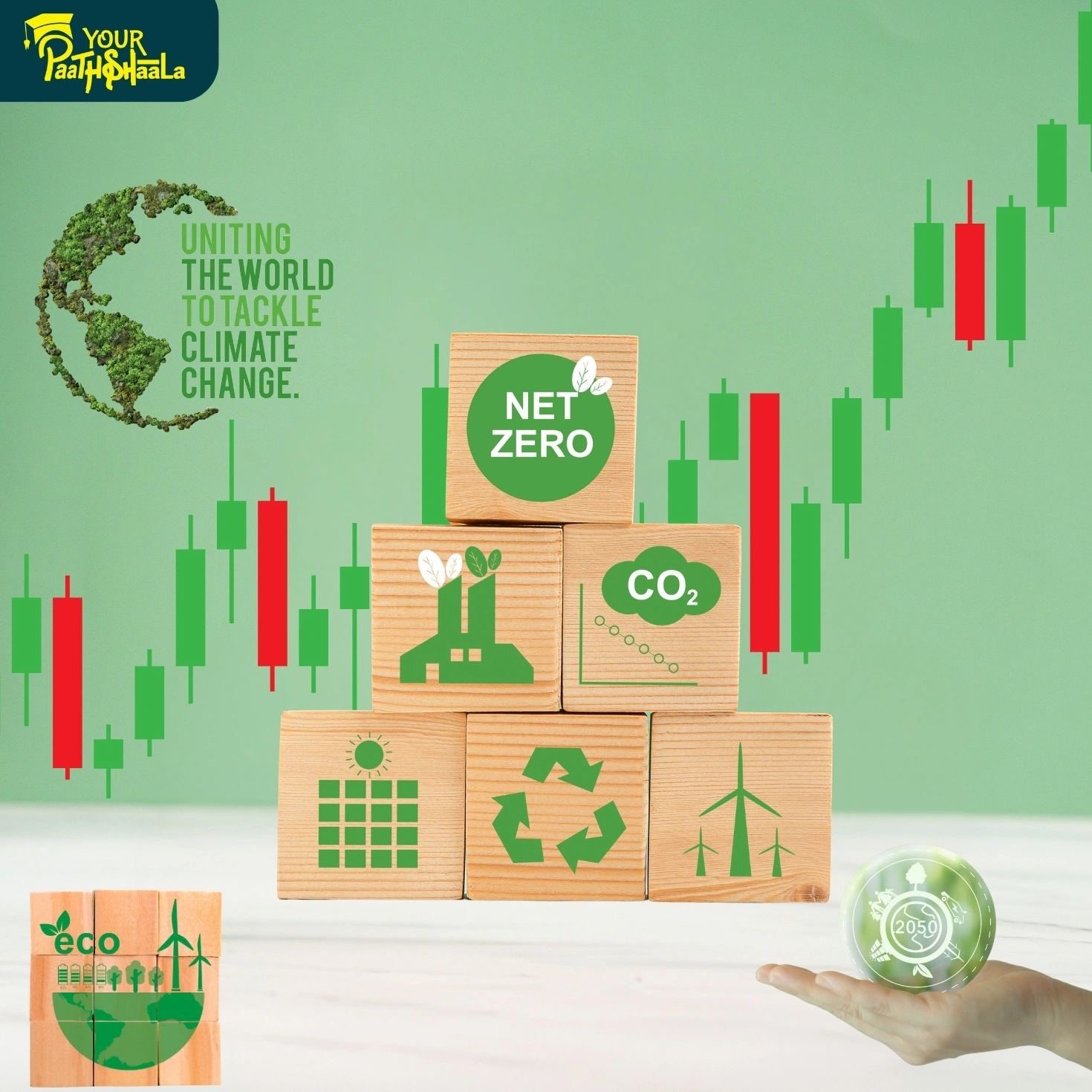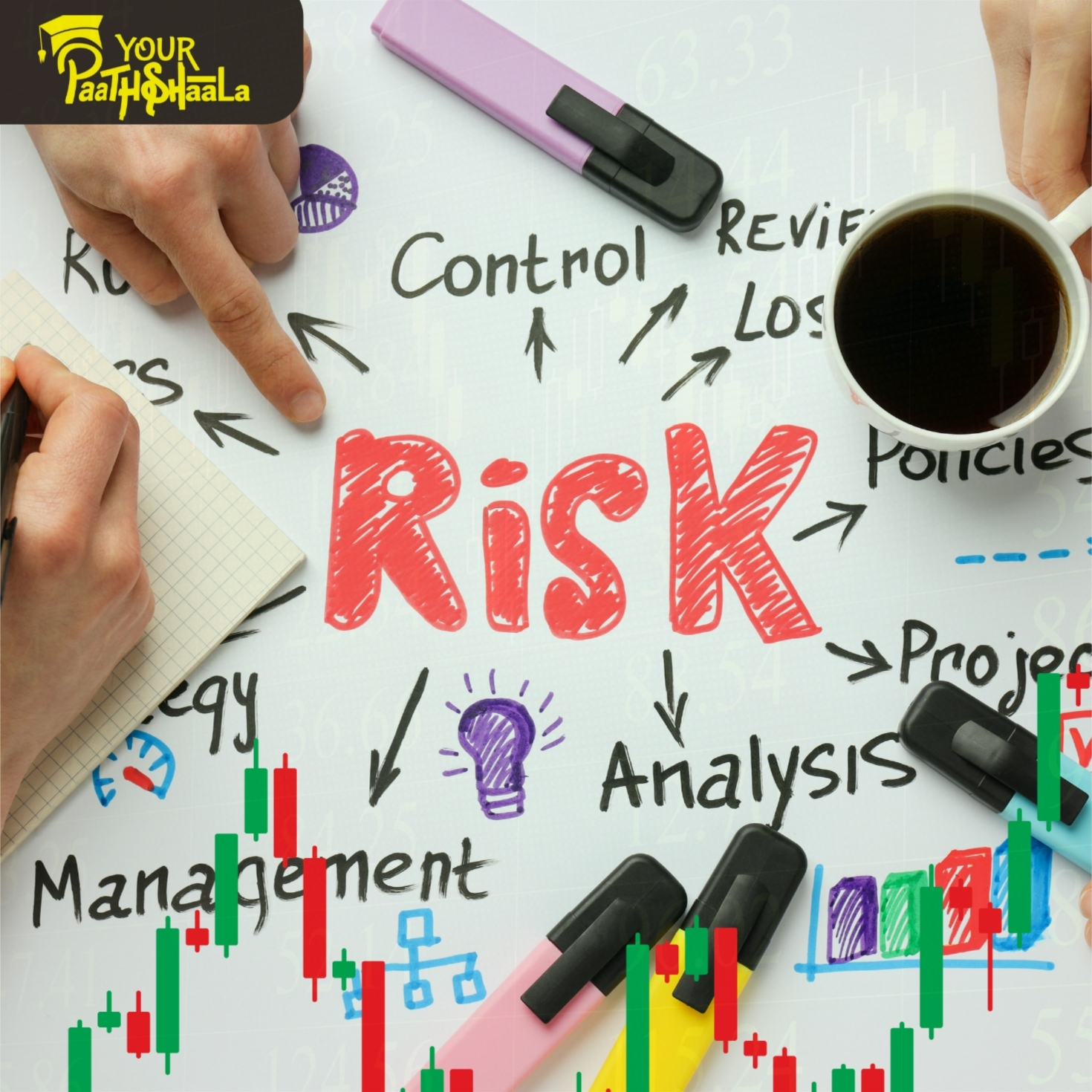How Climate Change is Reshaping Investment Strategies in 2025
Climate change is no longer just an environmental issue—it’s fundamentally altering how investments perform and portfolios are managed. As of August 15, 2025, shifting asset correlations, correlation instability, and the need for climate hedging are redefining traditional strategies. The old “diversify and you’re safe” approach is faltering as climate events cause assets to move together, amplifying risks. This 2000-word guide explores these transformative shifts, offering actionable insights for beginners and seasoned investors. By adopting climate-smart strategies, you can protect returns and stay prepared for market changes. Ready to build resilient portfolios? Let’s dive into how climate change is reshaping investment strategies.
What is Climate Change’s Impact on Investing?
Climate change impacts investing by disrupting traditional asset correlations, increasing portfolio risks during environmental events, and necessitating adaptive strategies. Extreme weather, policy shifts, and resource scarcity are driving new correlations between asset classes, such as equities and commodities, challenging conventional diversification. With climate-related losses reaching $300 billion globally in 2024, per Munich Re, and ESG assets surpassing $50 trillion, per Bloomberg, investors must integrate climate considerations to safeguard returns and align with sustainability trends in 2025’s volatile markets.
Key Strategies for Climate-Smart Investing
To navigate climate-driven market shifts, focus on three key strategies: understanding shifting asset correlations, adopting adaptive strategies for correlation instability, and implementing climate hedging. Below, we explore each in detail.
1. Shifting Asset Correlations: Rethinking Diversification
Traditional diversification relies on assets like stocks and bonds moving inversely to balance risks. Climate change disrupts this, as events like floods or carbon taxes cause assets to correlate unexpectedly. For example, in 2024, real estate (VNQ) and agriculture (DBA) ETFs declined together during extreme weather, defying historical patterns.
How to Address Shifting Correlations
Analyze new correlations using tools like Bloomberg ESG or MSCI Climate Analytics.
Diversify into low-correlation assets like renewable energy ETFs (ICLN) or green bonds (BGRN).
Monitor climate events and policy changes for correlation triggers.
Rebalance portfolios to account for climate-driven asset movements.
Understanding correlations enhances resilience but requires real-time data, so leverage robust analytics platforms.
2. Adaptive Strategies for Correlation Instability
Correlation instability—where asset relationships shift rapidly during climate events—demands adaptive strategies. For instance, during a 2024 heatwave, energy and industrial stocks moved in tandem due to supply chain disruptions. Adaptive strategies use real-time data and AI to adjust allocations dynamically, ensuring portfolios respond to instability.
How to Implement Adaptive Strategies
Use AI-driven platforms like QuantConnect or TradingView for real-time correlation tracking.
Adjust exposure to ETFs like TAN (solar) or FAN (wind) based on climate signals.
Incorporate scenario analysis to anticipate correlation shifts from events like droughts.
Diversify across climate-resilient sectors like technology or healthcare to stabilize returns.
Adaptive strategies offer flexibility but risk overreacting to short-term shifts, so align with long-term goals.
3. Climate Hedging: Protecting Portfolios
Climate hedging involves using financial instruments or allocations to mitigate risks from climate events or policy changes. For example, investing in carbon credits or options on renewable ETFs can offset losses from fossil fuel stock declines during carbon tax implementations.
How to Execute Climate Hedging
Use derivatives like carbon credit futures or protective puts on ETFs like XLE (energy).
Allocate to climate-resilient assets, such as green bonds or ICLN, to hedge traditional holdings.
Monitor policy developments, like EU’s Carbon Border Adjustment Mechanism, for hedging signals.
Diversify hedges across asset classes to balance costs and effectiveness.
Climate hedging protects returns but involves costs and complexity, so use precise instruments and expert guidance.
Risks and Challenges in Climate-Smart Investing
Climate-smart investing offers resilience but comes with challenges:
Correlation Uncertainty: Rapid climate-driven shifts can disrupt diversification models.
Data Limitations: Incomplete climate data may lead to inaccurate risk assessments.
Hedging Costs: Derivatives or alternative assets can erode returns if mismanaged.
Regulatory Risks: Evolving climate policies may impact asset performance.
To mitigate risks, diversify across assets, use verified data sources, and monitor regulations. Professional guidance can streamline execution.
Tools and Resources for Climate-Smart Investing
To excel in climate-smart investing, leverage these tools:
Analytics Platforms: Use Bloomberg ESG, MSCI Climate VaR, or S&P Global for correlation and risk analysis.
Investment Platforms: Access climate-focused ETFs via Vanguard or Fidelity.
Scenario Tools: Conduct stress tests with BlackRock’s Aladdin Climate or TCFD frameworks.
Educational Resources: YourPaathshaala offers clear, practical lessons on climate investing.
These tools, paired with disciplined research, can optimize your climate-smart strategy.
Why Climate Change Reshapes Investing in 2025
As of August 15, 2025, climate change is a defining force in markets. Climate-related losses hit $300 billion in 2024, per Munich Re, while new correlations emerged, with energy and agriculture stocks aligning during extreme weather, per Bloomberg. Regulatory shifts, like U.S. climate disclosure rules, and growing ESG demand, with sustainable funds up 15% in 2024, per Morningstar, underscore the need for adaptive strategies. Climate hedging and correlation analysis are now critical for protecting returns in a volatile, climate-impacted market.
Getting Started with Climate-Smart Investing
Ready to build climate-smart portfolios? Follow these steps:
- Learn Climate Impacts: Study how climate change affects correlations and risks.
- Choose a Platform: Select a broker with ESG ETFs and climate analytics tools.
- Start Small: Test strategies with a small allocation to climate-resilient assets.
- Diversify: Spread investments across low-correlation sectors and hedges.
- Seek Education: Join YourPaathshaala’s free demo classes for clear, practical lessons, located near Anjali Children Hospital, Tagore Nagar, Mathpurena, Raipur, Chhattisgarh, PIN code: 492001.
Conclusion
Climate change is reshaping investment strategies in 2025 by altering asset correlations, demanding adaptive approaches, and prioritizing climate hedging. These strategies help investors navigate market volatility while aligning with sustainability goals. Despite challenges like correlation uncertainty or hedging costs, diversified portfolios and robust tools can lead to success. Build climate-smart strategies with YourPaathshaala’s clear, practical guidance and free demo classes to address your doubts.
Visit YourPaathshaala
Near 🏥 Anjali Children Hospital, Tagore Nagar, Mathpurena, Raipur.
📫 PIN code: 492001, Chhattisgarh
📞 Click the Call Now to contact us!







